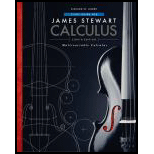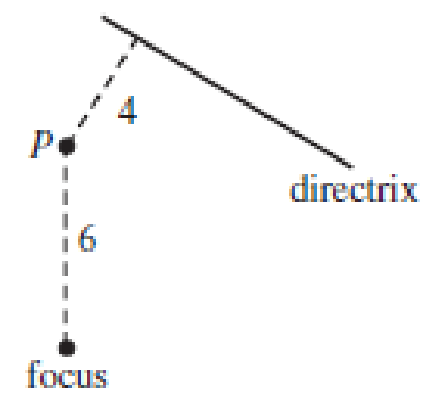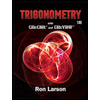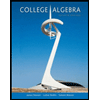
The figure at the right shows one point P on a conic and the distances of P to the focus and the directrix of a conic. What type of conic is it?
- a) parabola
- b) ellipse
- c) hyperbola
- d) not enough information is provided to answer the question.

To identify: The correct option for the blank in the statement, “The type of conic shown in the figure is a ____”.
Answer to Problem 1PT
The type of conic shown in the figure is a hyperbola which is option c.
Explanation of Solution
Given:
The options are, a) parabola, b) ellipse, c) hyperbola and d) not enough information is provided to answer the question.
Formula used:
Let PF be the distance between the point P on a conic and the focus F and, let Pl be the distance between the point on a conic and the directrix l. Then,
The conic is a parabola if the ratio
The conic is an ellipse if the ratio
The conic is a hyperbola if the ratio
Calculation:
From the given figure, it is observed that the distance between the point P on a conic and the focus, F is 6 and the distance between the point on a conic and the directrix l is 4.
Compute the value of the ratio
Therefore, the type of conic shown in the figure is a hyperbola which is option c.
Want to see more full solutions like this?
Chapter 10 Solutions
Study Guide for Stewart's Multivariable Calculus, 8th
 College Algebra (MindTap Course List)AlgebraISBN:9781305652231Author:R. David Gustafson, Jeff HughesPublisher:Cengage Learning
College Algebra (MindTap Course List)AlgebraISBN:9781305652231Author:R. David Gustafson, Jeff HughesPublisher:Cengage Learning
 Trigonometry (MindTap Course List)TrigonometryISBN:9781337278461Author:Ron LarsonPublisher:Cengage Learning
Trigonometry (MindTap Course List)TrigonometryISBN:9781337278461Author:Ron LarsonPublisher:Cengage Learning College AlgebraAlgebraISBN:9781305115545Author:James Stewart, Lothar Redlin, Saleem WatsonPublisher:Cengage Learning
College AlgebraAlgebraISBN:9781305115545Author:James Stewart, Lothar Redlin, Saleem WatsonPublisher:Cengage Learning



